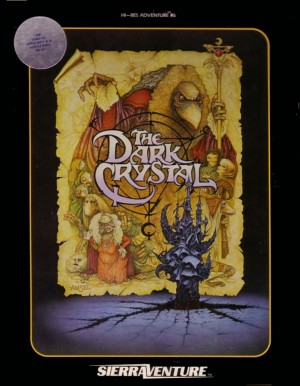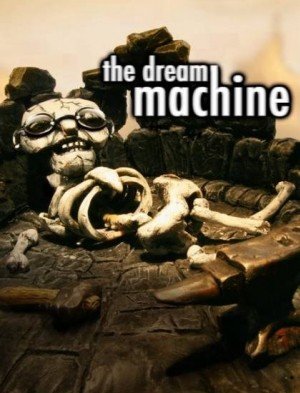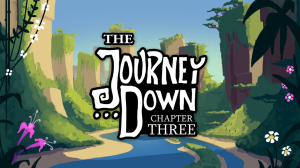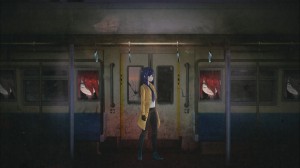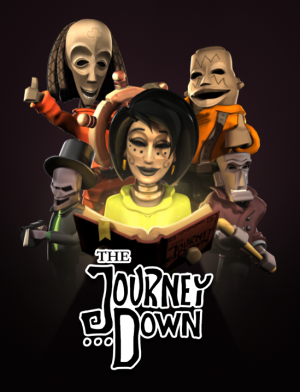The Dark Crystal flashback review
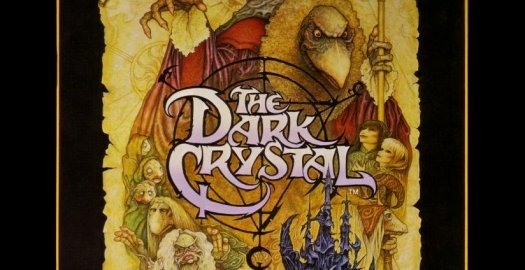
The Dark Crystal was arguably master puppeteer Jim Henson’s greatest achievement in filmmaking, telling a deep story that took the Gelfling characters Jen and his friend Kira on a journey that pit them against the evil Skeksis. Their quest was to find the missing fragment of the titular crystal, whose restoration would return peace to the land. It was a sign of the way the entertainment industry was heading that Henson then expanded into other media, and it was Sierra On-Line that secured the rights to create a text-driven graphic adventure game based on the 1982 movie, with their star designer Roberta Williams at the helm.
Designed for the Apple II computer and coming on two double-sided floppy disks, it was an ambitious project for its time, but the interactive adaptation of The Dark Crystal is also clearly a product of that time. Sierra had already established themselves at the forefront of the genre with their Hi-Res series, and this was to be the sixth and final game using the ADL (Adventure Development Language) engine Ken Williams originally developed for Mystery House.
The majority of issues I have with this game are the same as with the rest of the Hi-Res series. There is no sound except for a beep when there is further text to read, along with a short two-beep theme heard when Jen plays his flute. There are no animations either; at one point Jen turns over a particular object and the screen is simply redrawn with the other side of object now showing. The palette features only six colours, but a dithering effect is used to combine colours into what appears to be a different shade, though of course it’s just an illusion. It was smart programing at the time, but it quickly became dated and the overall aesthetic looks horrible by any subsequent graphical standards.
One thing that sets The Dark Crystal apart from its predecessors is that Jen and Kira are drawn on the screen, so it plays more like an interactive story where the player decides what to do next. The interface is standard for Sierra’s Hi-Res series, however, involving a verb/noun parser with which you type commands such as “talk person” or “look creature,” while movement occurs by inputting the direction you wish to go such as “north,” although this can be abbreviated to a single letter for the four basic compass directions. The game was designed to run straight from the floppy disks, and a further blank disk was originally required to save your progress. In the modern era, anyone playing this game is probably going to be using a PC with an emulator, which certainly makes life easier, but there is still the matter of changing between four disks (the two double-sided floppies) plus the save disk. It’s annoying, but this was the reality in 1983.
The puzzles work surprisingly well, avoiding the moon logic that Sierra is well known for, but like the movie, what works best in this adaptation is its engaging fantasy tale of adventure and friendship where the journey is the story. Jen travels through swamps and visits a village of Podlings who are strange but helpful creatures, before he and Kira discover an abandoned Gelfling city that offers up still more mystery. If you’re familiar with the original, you’re going to find the plot of the game very similar, although there are a few extra narrative elements here that don’t appear in the film. Another thing I enjoyed is the (admittedly limited) addition of cutscenes, something that surprised me in a game this old. At one point, Jen and Kira set off on an expedition that isn’t controlled by the player but instead is shown entirely through pictures and text detailing their uneventful trek. The player resumes control only when they reach their destination.
As with all games of this era, the negatives certainly outweigh the positives with the benefit of hindsight. The text parser is limited and the choice of words required is obscure at times, making this a “guess the correct phrase” type of game that more advanced parsers have thankfully made obsolete. The graphics don’t help, as they are primitive at best and simply lack enough appeal to keep today’s gamer interested for long. Because you don’t walk around the environments like in later Sierra adventures, it’s easy to lose track of where you are, so I would definitely recommend manually mapping your route. The problem of disorientation is compounded by the loading time between screens, although it is cool to see the background traced onto the screen and then filled in with colour. The Dark Crystal is a very quiet experience except for the jarring beep that occurs when there are more than four lines of text to read. This is obviously due to the period in which it was created, but nonetheless it adds to an unfulfilling experience.
The main reason the puzzles work as well as they do is that they are all very simplistic in their design, never really posing much of a challenge. It’s simply a matter of finding an object and using it to overcome a given obstacle. Typing “inventory” lists what Jen is carrying, although if you actually try to look at the items to learn more about them, it generally just throws a standard “I don’t know what you’re trying to do” sort of message. One particularly annoying puzzle occurs when Jen is surrounded by the Skeksis; the solution is obvious but the graphics are so poor that it took me a while to recognise the object needed to escape.
With renewed interest in The Dark Crystal generated by the Age of Resistance Netflix series, it’s possible people will remember this game and want to give it a try, especially with the famed Sierra brand behind its creation. However, with a play time of about three hours, unless you’re a sucker for punishment or you just want to experience firsthand how adventure games were made in 1983, it’s probably not worth it. While the story is interesting, it’s also the same as the movie for the most part, so you’re much better off watching that than filtering the experience through antiquated graphics and a finicky text parser that haven’t held up nearly as well.
Thirty years after Sierra’s game, a free-to-play web-based remake was released on the official franchise website, which may be of more interest to modern players. The graphics are redrawn in full colour and look so much better than the 1983 game, while the interface has been streamlined to include options such as “Do you want to look or follow?” with the player then typing in the appropriate command. I didn’t finish playing through this reimagined update, but it is certainly a lot more fun than the original and worth looking at if you’re a fan of the series.




